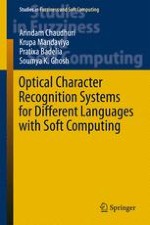The book offers a comprehensive survey of soft-computing models for optical character recognition systems. The various techniques, including fuzzy and rough sets, artificial neural networks and genetic algorithms, are tested using real texts written in different languages, such as English, French, German, Latin, Hindi and Gujrati, which have been extracted by publicly available datasets. The simulation studies, which are reported in details here, show that soft-computing based modeling of OCR systems performs consistently better than traditional models. Mainly intended as state-of-the-art survey for postgraduates and researchers in pattern recognition, optical character recognition and soft computing, this book will be useful for professionals in computer vision and image processing alike, dealing with different issues related to optical character recognition.
